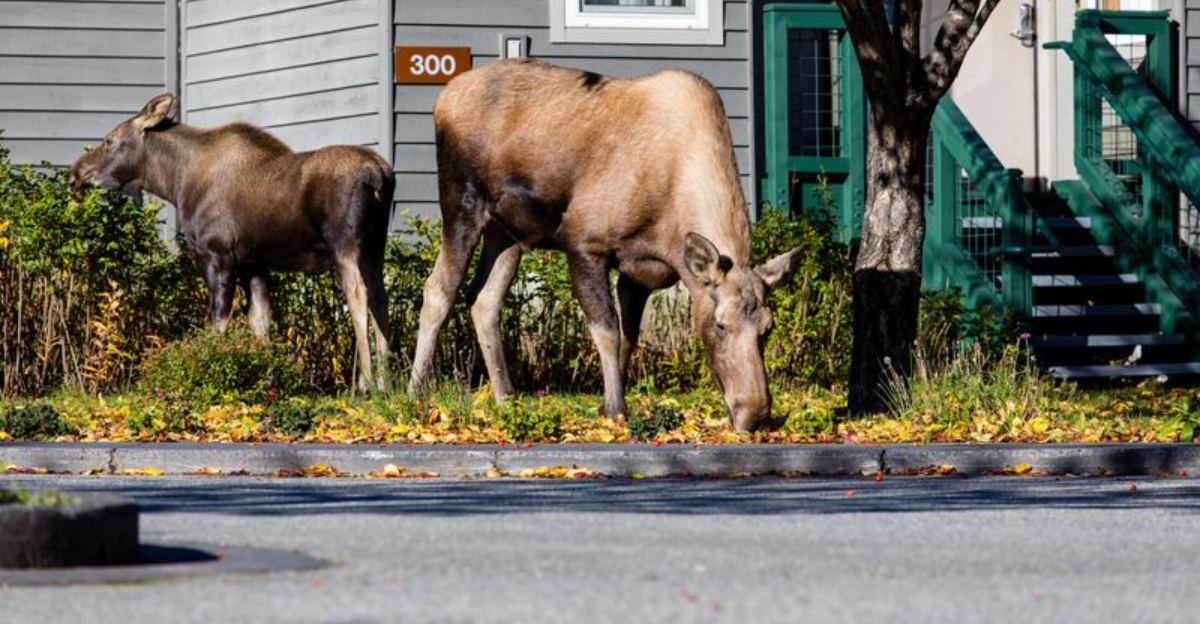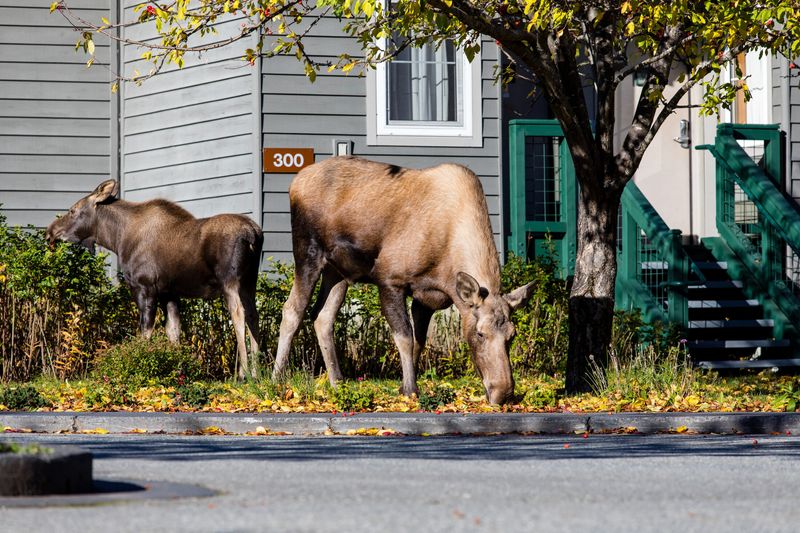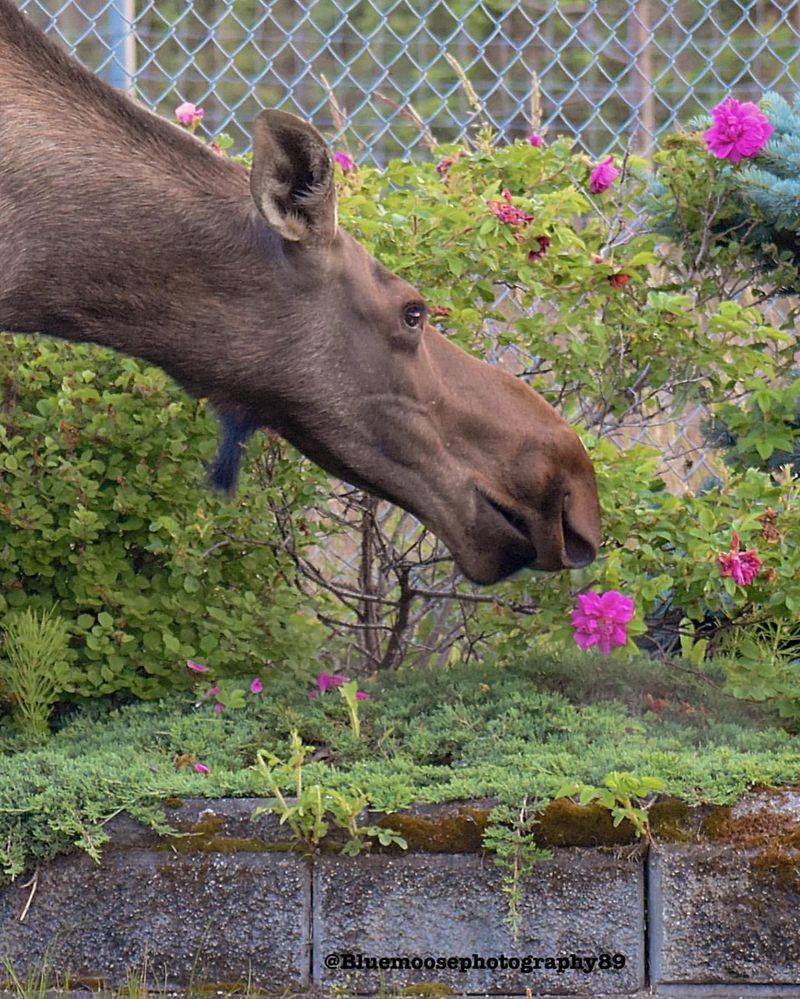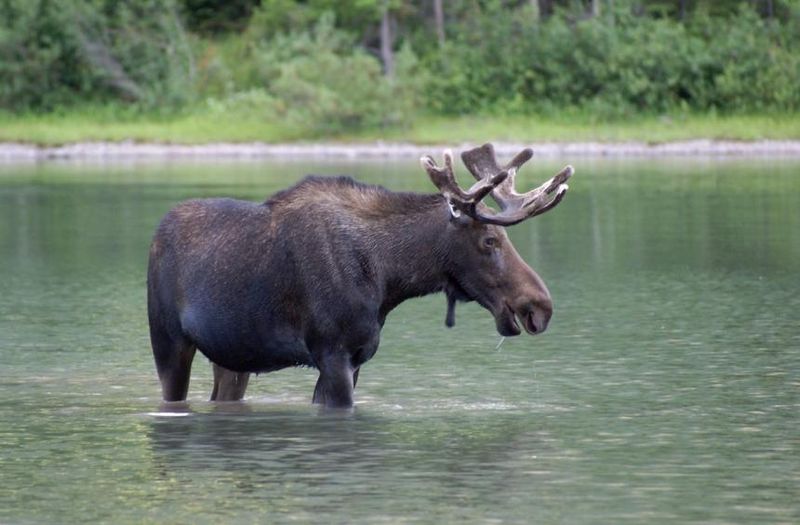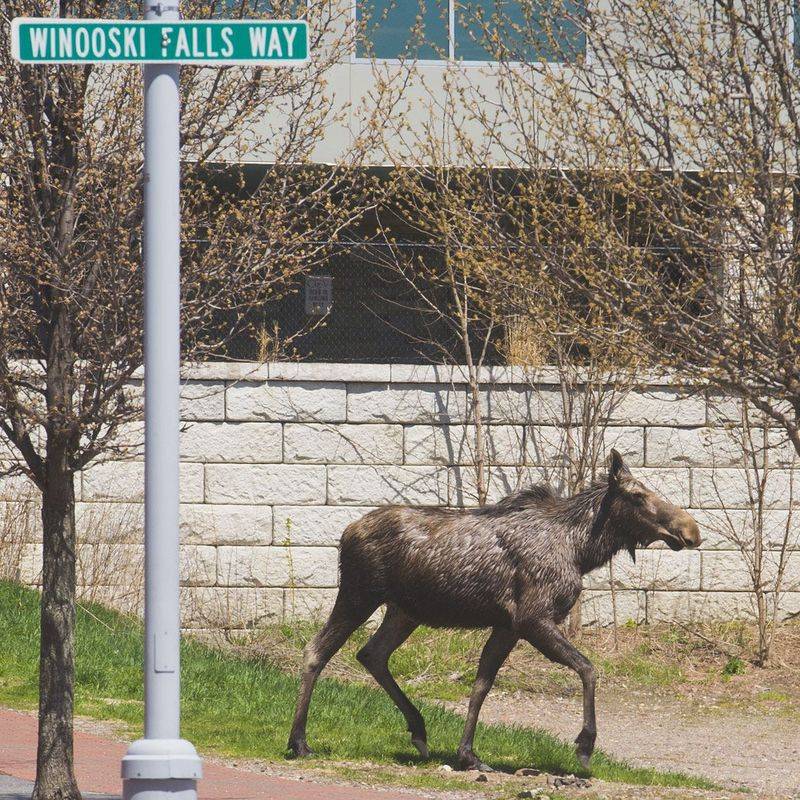Have you ever spotted a massive moose wandering down your neighborhood street? These enormous animals, weighing up to 1,500 pounds, are increasingly showing up in towns and cities across North America. While seeing a moose might seem exciting, their presence in urban areas creates challenges for both humans and the animals themselves. Understanding why these forest giants venture into our communities can help us better protect both people and moose.
Shrinking Wild Spaces
As cities grow larger, moose habitats get smaller. Construction of new neighborhoods, shopping centers, and roads carves up forests where moose once roamed freely. These gentle giants suddenly find their traditional territories interrupted by human development.
Imagine waking up one day to find half your home replaced by strangers! Moose face similar situations when their forest homes shrink. With nowhere else to go, they follow remaining green corridors like river valleys that often lead straight into town.
In places like Alaska and northern states, this problem grows worse each year. Wildlife experts track these habitat changes using satellite images, confirming that moose aren’t invading our space—we’ve actually expanded into theirs. The animals simply continue using ancient pathways that now happen to cross through our backyards and parks.
Backyard Buffets
Gardens and landscaped yards offer irresistible treats for hungry moose. Your carefully tended rosebushes, young trees, and vegetable gardens look like an all-you-can-eat restaurant to these browsing animals. Winter months make these food sources even more attractive when natural vegetation becomes scarce.
Moose require up to 60 pounds of food daily—that’s like eating 240 hamburgers every day! Garden plants provide easy nutrition without the effort of foraging through deep snow. Salt-treated roads also attract moose, as these minerals are nutritional gold for them.
Residents in places like Anchorage, Alaska report moose munching everything from ornamental shrubs to Halloween pumpkins left on porches. One family even discovered a moose had developed a particular fondness for their crabapple tree, returning repeatedly until it had eaten every last branch within reach.
Weather Pattern Changes
Climate shifts push moose toward civilization more than ever before. Warming temperatures create stress for these cold-adapted animals, who struggle when thermometers climb above 60°F. Cities offer surprising relief with shaded areas, water sources, and cooling spots that help moose beat the heat.
Winter brings different challenges. Deeper snowpack in mountains forces moose to lower elevations where plowed streets make movement easier. A moose trudging through four feet of forest snow burns precious energy, while walking along cleared suburban roads saves valuable calories.
Scientists tracking radio-collared moose have noticed interesting patterns. During extreme temperature events, moose move closer to human settlements where microclimates provide relief. One study found moose in Minnesota increasingly seeking urban shade during summer heat waves—behavior rarely seen twenty years ago when summers were cooler.
Safety from Predators
City limits create unexpected wildlife sanctuaries where natural predators rarely venture. Wolves, bears and mountain lions typically avoid densely populated areas, creating predator-free zones that savvy moose have learned to exploit. For vulnerable calves and mothers, this protection outweighs the risks of human interaction.
Research from several northern communities shows fascinating results. Moose calf survival rates are sometimes higher near towns than in wilderness areas! Female moose particularly seek urban fringes during calving season, using neighborhoods as nurseries where their young face fewer threats from natural enemies.
This behavior represents a remarkable adaptation. Moose aren’t naturally urban animals, yet they’ve learned that the occasional car horn or barking dog poses less danger than a pack of wolves. Wildlife cameras in Anchorage captured a mother moose deliberately bedding down with twin calves between houses—demonstrating this strategic thinking in action.
Accidental Urban Explorers
Sometimes moose wander into cities completely by accident. Young bulls, especially during mating season, can travel over 20 miles daily while searching for mates. These journeys occasionally lead them down paths that end in downtown areas, leaving both moose and morning commuters equally surprised!
Urban waterways create perfect wildlife highways. Rivers and streams cutting through cities provide green corridors that moose naturally follow, only to find themselves suddenly surrounded by concrete and cars. Once lost in unfamiliar territory, panic often sets in.
Conservation officers report countless stories of disoriented moose crashing through fences, getting trapped in backyard pools, or wandering into parking garages. One famous incident in Colorado involved a young moose who entered a hospital through the automatic doors and was found browsing on lobby plants! These unplanned visits highlight how easily the boundary between wild and urban spaces can blur.
